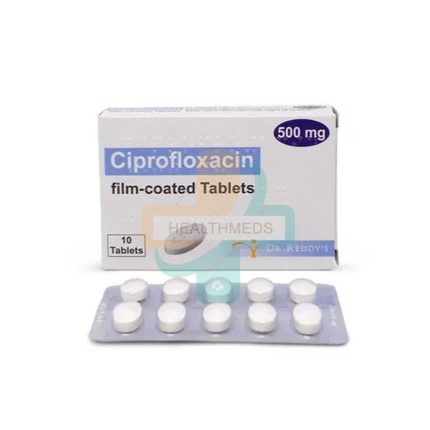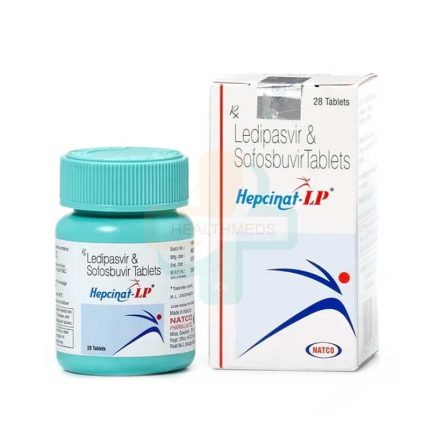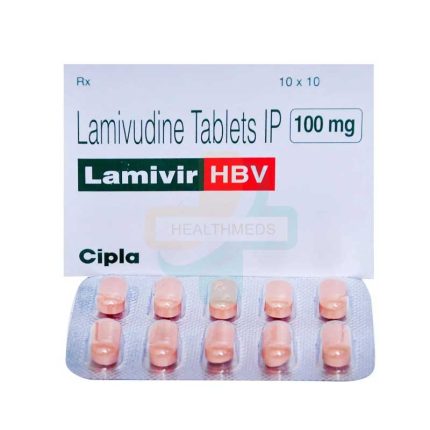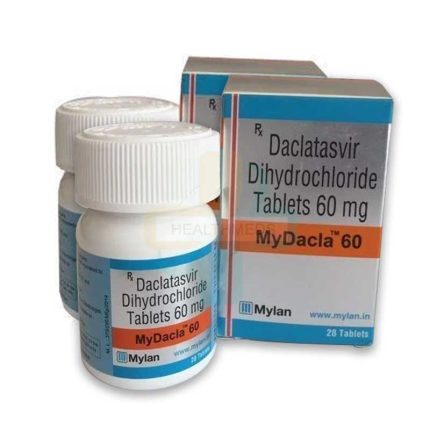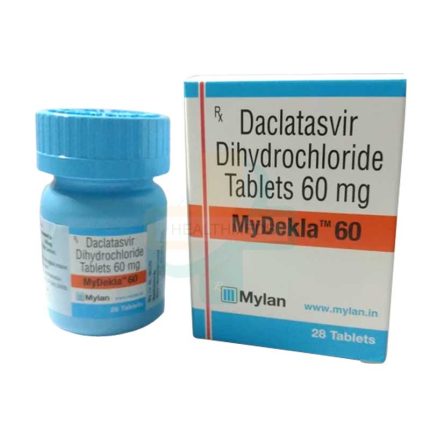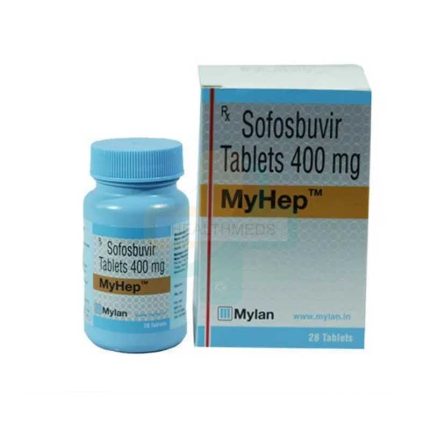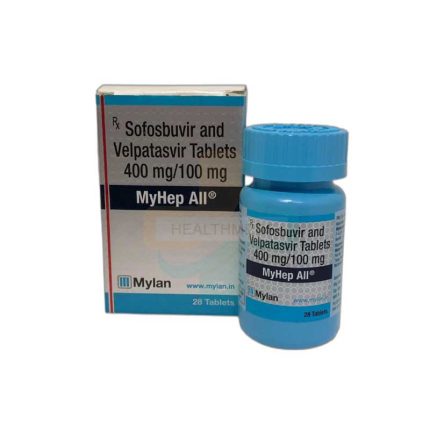Showing 1–9 of 16 results
Introduction to antibiotic medicine
Bacterial infections are often treated with prescription Antibiotic medicines. These antibiotic medicines may vary in nature but the purpose of the medicines remains the same “inhibiting the growth of bacteria” and killing the bacteria”. For all those who self-medicate antibiotics medicines to fight against the common cold or flu, these medicines are not for treating viral infection.
Antibiotics revolutionized medicine in the twentieth century by becoming a viable treatment option for formerly fatal bacterial illnesses. Since then, Antibiotics have been often prescribed to treat bacterial diseases such as pneumonia, meningitis, TB, and urinary tract infections.
Each class of antibiotic has a unique form of mechanism of action. As said earlier antibiotics that directly kill bacteria are called bactericidal, while bacteriostatic is called to those who prevent from reproducing and multiplying of bacteria.
Out of all what is more important is to use antibiotics responsibly as per doctor guidance. In case of overuse and misuse of antibiotics, it can lead to the development of antibiotic-resistant bacteria making bacterial infections much more difficult to treat or in some cases impossible.
Different types of antibiotic medicines and how they work!
There are several different types of antibiotics, each with a unique mechanism of action. Here are some of the most common types of antibiotics:
Penicillins
Sir Alexander Fleming in 1928 is the first person to introduce Penicillins to the world which led to the development of many other antibiotics that have saved countless lives. The word itself is derived from the word Penicillium fungi and belongs to the group of antibiotics that are used to treat bacterial infections. Such types of medicines interfere with bacterial cell wall synthesis resulting in the death of the bacteria.
Some common types of Penicillins used to treat various bacterial infections are as follows:
Penicillin G: This is the original penicillin and is often prescribed to treat strep throat, pneumonia, and skin infections.
Amoxicillin: Second most commonly used form of penicillin is used to treat a wider range of bacterial infections, including ear infections, sinus infections, and urinary tract infections.
Ampicillin: A broad-spectrum penicillin that is used to treat respiratory infections, meningitis, and urinary tract infections.
Oxacillin: Often prescribed to treat infections caused by penicillin-resistant Staphylococcus aureus (MRSA).
Piperacillin: An extended-spectrum penicillin used to treat severe bacterial infections caused by Pseudomonas aeruginosa.
Cephalosporins
Cephalosporins were discovered in 1945 by Dr. Giuseppe Brotzu, an Italian pharmacologist, and his team of researchers. Such types of medicines often target the bacterial cell wall. It is mostly used to treat respiratory tract infections, skin and urinary tract.
These antibiotics are classified according to their generation and antimicrobial spectrum and pharmacokinetic properties.
There are a total of five generations of cephalosporins and each has its own unique characteristics and uses.
First-generation cephalosporins: They mainly work against Gram-positive bacteria and some Gram-negative bacteria and are often prescribed to treat conditions such as mild to moderate skin and soft tissue infections, as well as surgical prophylaxis.
Cefazolin and Cephalexin are very good examples of First-generation cephalosporins.
Second-generation cephalosporins: This kind of medicine has a broader spectrum of activity against both Gram-positive and Gram-negative bacteria compared to first-generation cephalosporins. Such medicine are often used to treat pneumonia, urinary tract infections, and intra-abdominal infections. While Cefuroxime and Cefoxitin are good examples of such kinds of medicines.
Third-generation cephalosporins: This type of medicine has a way broad spectrum and is particularly effective against multi-drug resistant Gram-negative bacteria. Such types of medicines are best to treat infections such as sepsis, meningitis, and hospital-acquired pneumonia. Good examples of such medicine are ceftriaxone and ceftazidime.
Fourth-generation cephalosporins: Such medicines are often used to in case of treating complicated infections such as hospital-acquired pneumonia, complicated urinary tract infections, and intra-abdominal infections.
Fifth-generation cephalosporins: It is a recent addition to the cephalosporin family that is used to treat complicated skin and soft tissue infections and community-acquired pneumonia.
Macrolides
Macrolides work by inhibiting bacterial protein synthesis. It was invented by Selman Waksman, an American microbiologist/ biochemist, and his team in the 1950s. Since then they have often been used to treat respiratory tract infections and skin infections. Examples of macrolides include azithromycin and clarithromycin.
Tetracyclines
Tetracyclines function by blocking the creation of bacterial proteins. Acne, respiratory tract infections, and sexually transmitted infections are all common uses for them. Doxycycline and minocycline are two examples of tetracyclines.
Fluoroquinolones
Fluoroquinolones inhibit bacterial DNA replication. They are frequently prescribed treatment for urinary tract infections, respiratory tract infections, and skin diseases. Ciprofloxacin and levofloxacin are examples of fluoroquinolones.
Aminoglycosides
Aminoglycosides operate by attaching to the bacterial ribosome and inhibiting protein synthesis. They are frequently used to treat serious infections caused by bacteria in the blood or bone. Gentamicin and tobramycin are two examples of aminoglycosides.
It is crucial to note that some antibiotics may be more effective than others against certain types of bacteria. Furthermore, antibiotics can have side effects, so it is very important to use them only as directed by a healthcare provider.


